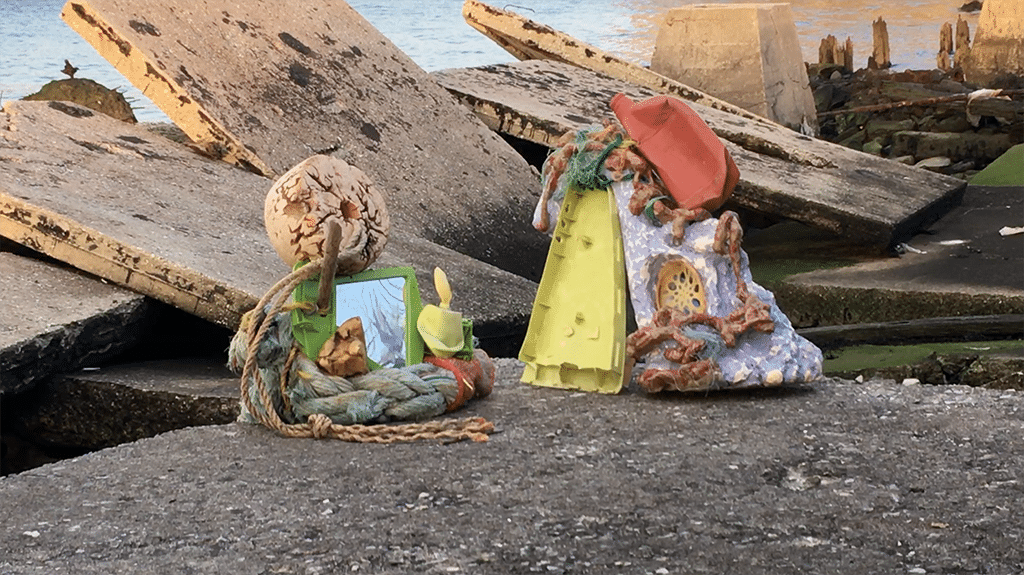Heather Jones: I first became aware of your work vaguely simultaneously through your show Here on Earth at Interstate Projects (2014/15), and a picture of a table (Corner Table, 2015) that a friend emailed to me. It took me longer than I’d like to admit to realize that the two had been made by the same person. You work in every possible kind of media – furniture, design objects, video, gifs, sculpture, fonts, online projects… With so many different media, how do you define your work, and do you feel attached to any specific artistic lineage?
Nick DeMarco: That’s cool! It’s kind of perfect, actually, for me to sneak into your feed as almost two different people. “Vaguely simultaneously” is a phrase I might have to use! I try not to limit myself by category, so I like that you may not have expected those two different modes of thing would be connected.
I do make lots of different genre of art, although I will say it’s generous of you to say I work in every kind of media… I don’t consider making paintings to be any of my business, for example, but yeah my work is pretty wide-ranging. I guess that’s just what comes naturally to me, I follow my interests and try to put my own spin on whatever I pursue. It’s almost pathological— I can’t peel an orange without artfully arranging the rind somewhere.
As for a lineage and self-definition, that’s something I still have a hard time with. That two-different-people-ness you describe is something I embrace, but it also makes it hard to explain what I’m doing… to others and even to myself. There are many artists who I admire and am motivated by, but in general the artists who I really feel kinship with are the ones who are more interested in contemporary culture than the contemporary art world, if that makes sense. I don’t make art in a strategic way based on what other artists are making, I make things in response to what I see and experience in the larger world.
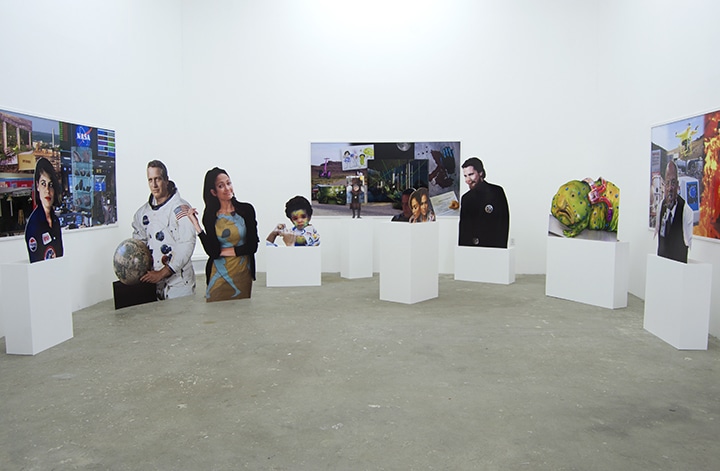
HJ: I read that you studied anthropology before studying art and design at CCA. Can you tell us a bit about your background and how/why you started making art?
ND: I grew up surrounded by a very cool and special public arts community in Seattle, so I was lucky to not really have had one singular moment of discovering art-making as a thing. But as I was getting more interested in big-time capital A “Contemporary Art” as opposed to lowercase a “community art”, I had a hard time imagining where I would fit in, as I’ve always felt like something of an oddball. I studied anthropology because I thought it would be a more interesting way to approach art making and give me a more solid foundation than just getting better at drawing, which is what I was mostly doing at the time.
At some point I got into the idea of Industrial Design as a way of wedding my interest in anthropology and progressive social change with art-making. It was a good experience in that I learned a lot about physically constructing things well and inserting them into the world, but it was difficult finding my place there. To the art department I seemed like a designer and to the design department I seemed like an artist, when to me I always considered myself an artist who sometimes designed things. As you said earlier I still have this splintered practice, but I’m trying to do better to merge it all into one clearer picture.
HJ: In an older interview, you said that you generally try to work as little as possible. Yet you’ve still managed to be fairly prolific. What is your creative / working process like?
ND: Haha well I don’t specifically remember saying that but what I probably meant is that work is all the things I don’t like doing and art is the stuff that I do like doing? Hopefully I wasn’t just trying to present myself as a slacker, because I do work pretty hard.
In art-making I like when a thing is elegantly effortless and fits together simply and directly. Maybe built in a way where it’s technically done wrong but it came together so easily and casually that how could it be wrong? But then sometimes that’s not true at all, I’ll make something overwrought and complicated and labor intensive so maybe none of what I said is true.
But I do really value leisure time, goofing off is an important part of keeping me sane. So, I don’t know, feeling a lot of contradictions in myself with this question.
My studio process can be really varied, depending on what I’m into at the time. In general it’s an expanding and contracting. When I’m in a thinking mode, I’ll focus on drawing and writing and taking photos and waiting for the muse to land on my shoulder and whisper an idea in my ear. It’s spending tons and tons of time cultivating the exact perfect set of unknown magical circumstances for an idea to arrive. When it’s go time and I have a deadline and the details of a project all sorted out I like to bust and spend every second in the studio, but in general I consider spending a day walking around in circles and listening to music a productive studio day.
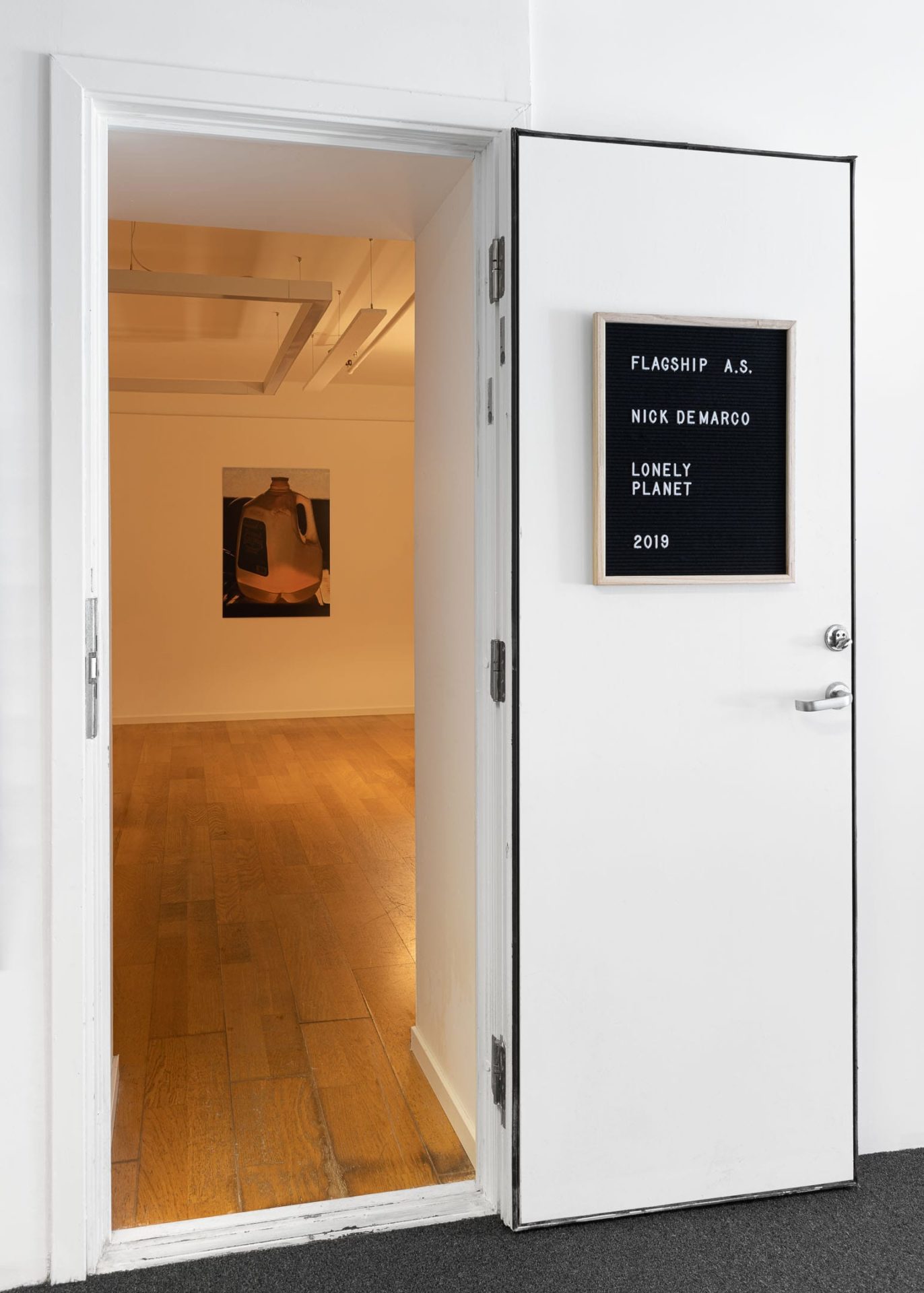
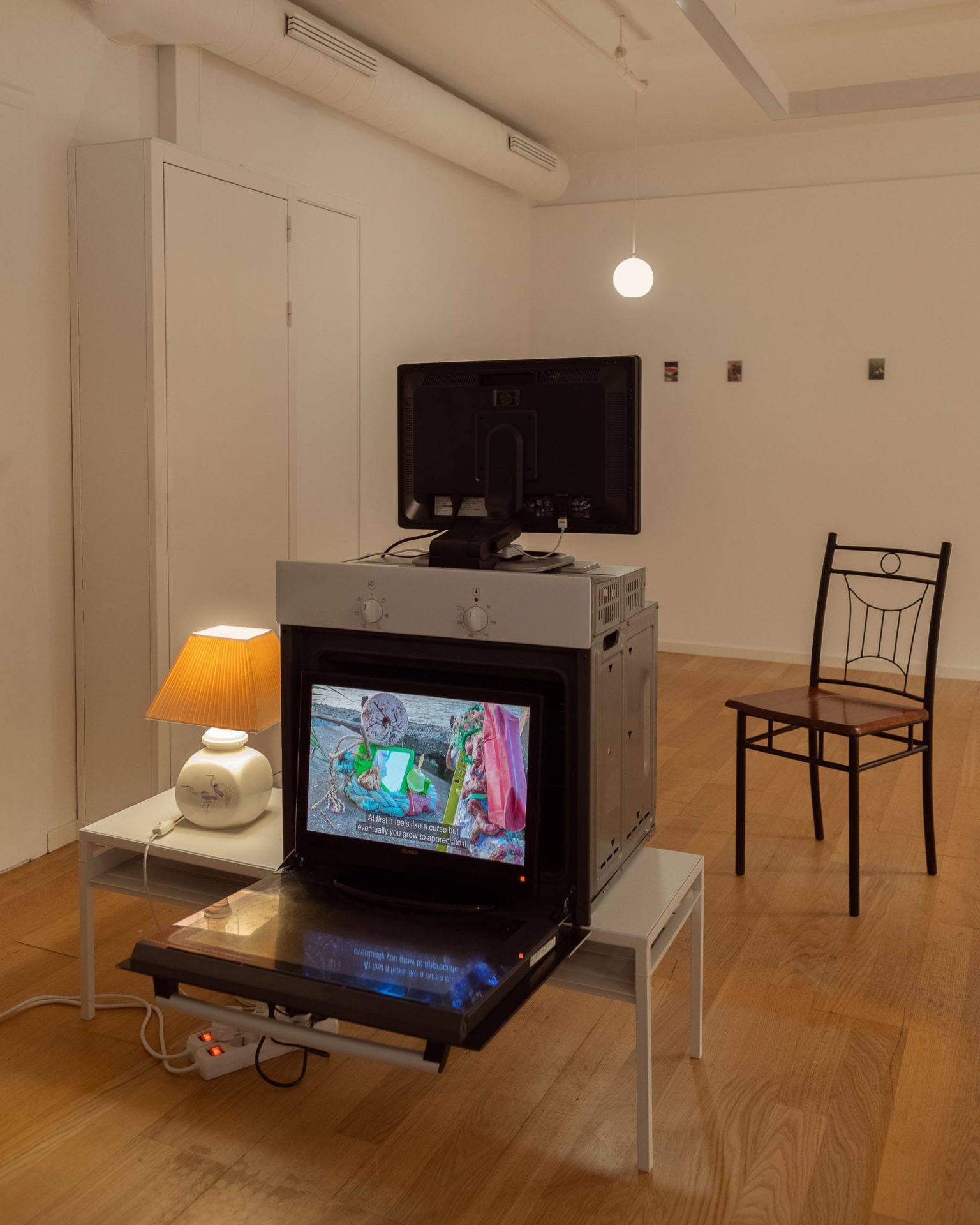

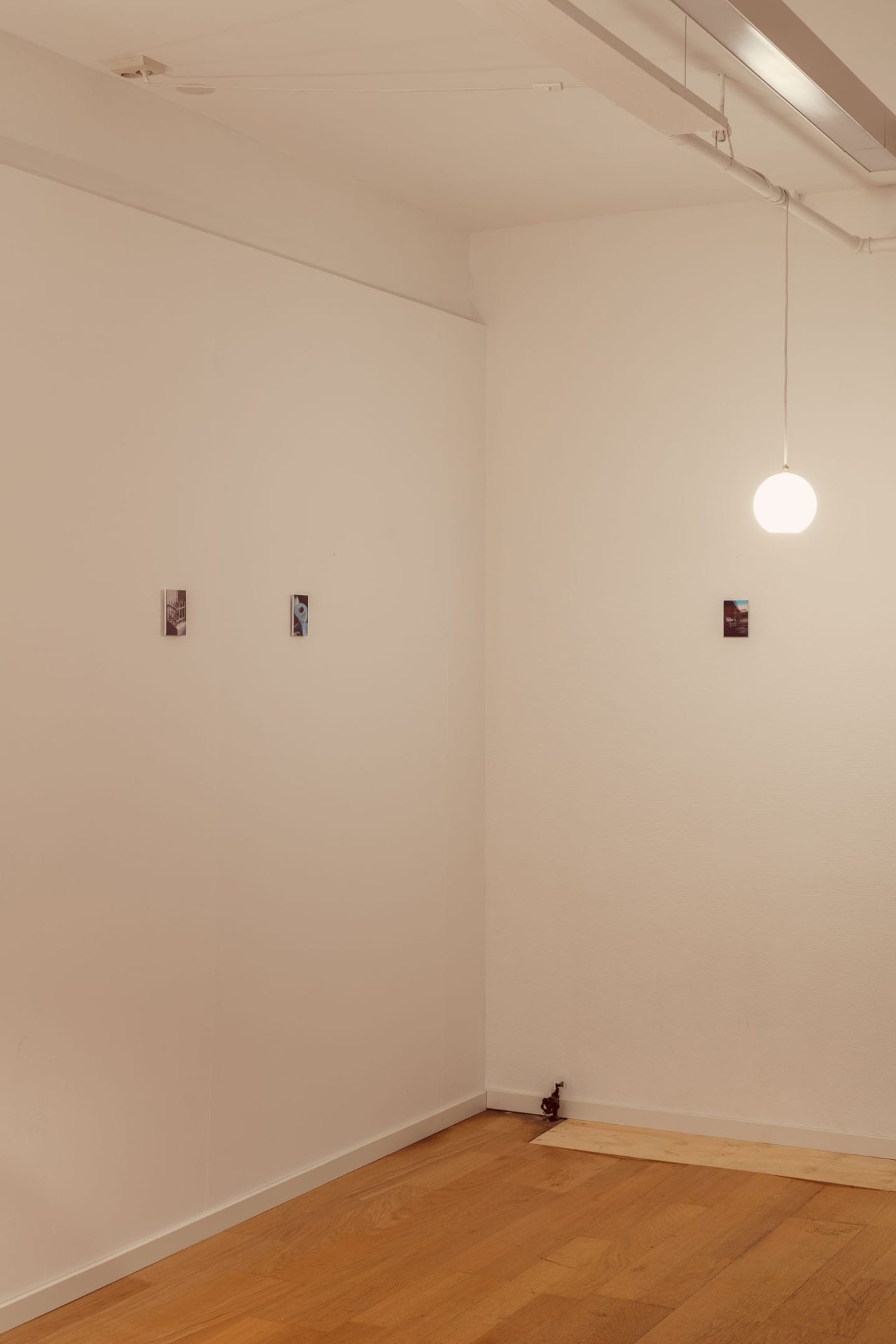
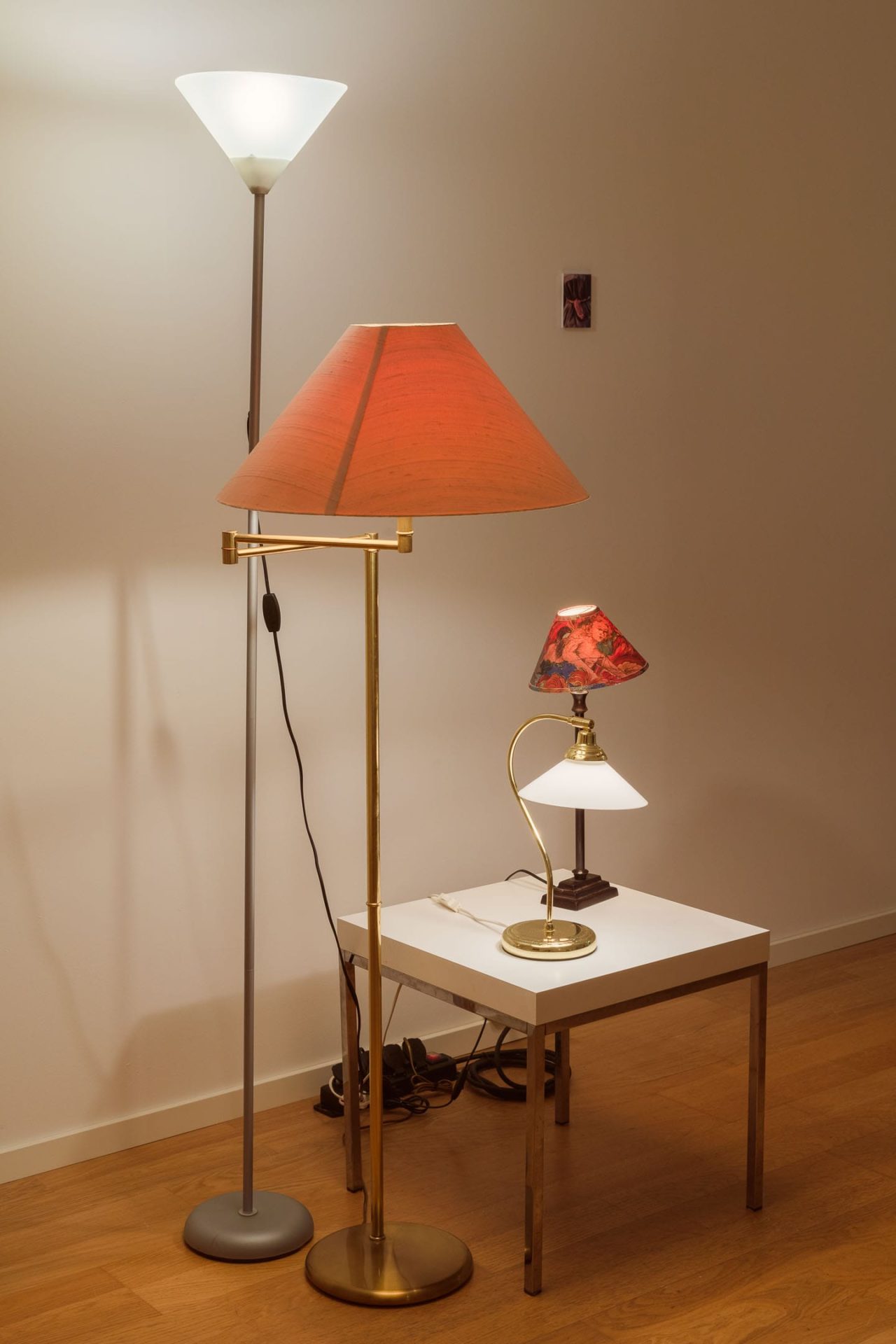
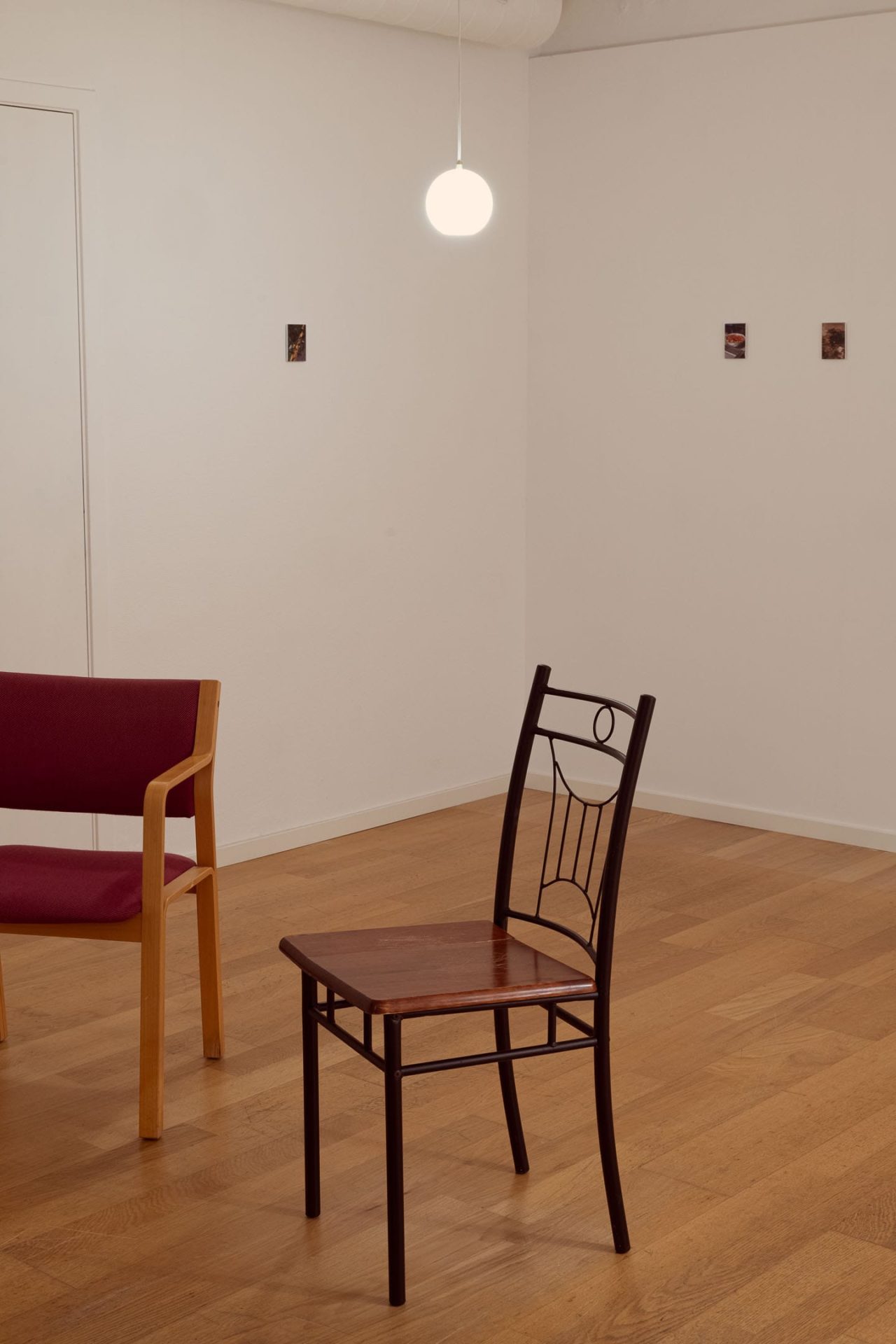
HJ: Can you describe the installation that you created for Flagship AS? How did this exhibition come about?
ND: The show came about because of a tweet I posted a few years ago. Cory Arcangel—the proprietor of the gallery—and I have been simpatico art-peers for quite a few years, but we don’t see each other that often so like many people we mostly hang out online.
It had been about 4 years since my last solo show, and I was feeling especially good about the stuff I was making and itching to do another show so I tweeted out “yo I wanna do a solo show hmu”. Cory replied back that based on the strength of that tweet if he had a gallery he would love to offer me a show. Cut to about a year later and he had in fact decided to open a gallery as part of his conceptual store-sculpture Arcangel Surfware and wanted to do a show with me. I was thrilled, as he had long been one of my favorite artists and an early inspiration for a path that I might be able to follow in putting myself into the world as an artist.
We collaborated on the show for about six months, him acting as something of a producer, checking in and pushing things along in a supportive but helpfully critical way. It was definitely my most positive art exhibiting experience. In my opinion galleries should only be run by artists! It was so great to work with a like-minded person who was not only picking up what I was putting down, but didn’t have any hangups about the show fitting neatly into a commercially viable box.
The installation contained two different bodies work, along with a sculptural lighting piece. The main new work for the show was two videos, Lonely Planet parts 1 & 2, dialogues between sculpture-puppets made of discarded trash, displayed on two monitors—one monitor placed inside an open oven resting on a coffee table and the second monitor facing the opposite direction on top of that oven, surrounded by a couch and chairs as if in a living room. The oven was sourced locally from the street in front of the gallery and to me is really what activated the space. It was absurd and yet made so much sense. Now it’s like… why would anybody ever show videos on anything but an old oven?
The other body of work were photos from an instagram account of mine called nicksys_picsys. These are photos that as Cory described as “ambiguously sublime”, images taken by me, tightly framed shots of miscellaneous objects I’ve come across . The instagram account is one that followers have to be “all in” on, as sometimes I will post two dozen or more photos in a single day. The freedom to post anything that catches my eye with that certain je ne sais quoi, without concern that uncool squares might unfollow the account, has really pushed the vibe forward, in my opinion, to a pretty refined place.
The photos are largely sculptural little moments, from frozen puddle filled with trash to a patch of weeds gesturally sprayed with safety yellow by road workers, to a paper towel whose edge is crimped “just so”. The photos are printed small, roughly the size of an iphone. Like the oven, it’s an installation choice that is both ridiculous and totally obvious. We spend all day looking at tiny photos on our phones, if the photos were originally intended to be viewed on a phone why would they be any larger in a gallery? There is one photograph, though, a nearly empty gallon jug of Poland spring water caught in the light of a sunset that was so beautiful that I couldn’t help but blow it up large.
The last element was a lighting installation sourced locally in Stavanger— a collection of lamps of various sizes found at thrift stores. I hate overhead lighting in my life, so I decided that I don’t want art I make to be displayed in a gallery with anything but beautify diffused lamp light. The lamps were arranged in a sculptural cluster that both puts the viewer off-kilter in a subtle way and suggests a kind of anthropomorphism of the lamps, bringing them to life in a small way. That spark of life links all three bodies of work in the show, all of the which contains discarded human-made objects which have a range from ambiguous kinda-feels-alive to explicitly animated life forms.
HJ: I want to talk about the videos Lonely Planet 1 & 2 in more depth. In the videos, assembled pieces of detritus discuss sleeplessness, existential crisis, aging, a break-up, living situations and reconciliation. The two videos are sad and hilarious and embarrassingly relatable – with the switch of only a few keys words (for instance trash pile instead of city) the dialogue echoes conversations I’ve overheard, and have had myself. What was the impetus behind this video work? Did you make it specifically for the show?
ND: Yes, these two pieces were made specifically for the show. I’m glad you found them relatable, but don’t be embarrassed! It’s my feelings you’re feeling. If you’re embarrassed that means I should be embarrassed and I don’t want to be embarrassed.
The videos brought together a few different threads in my art-making. For awhile I’ve been interested in making narrative sculptures in different forms. I like when art has something to say, so I thought it would be funny and poignant to have the art actually say it. The first time I did a version of this was my solo show you mentioned earlier, Here on Earth at Interstate Projects in Brooklyn. For that show I produced a faux blockbuster feature film, but using photoshopped images and cut-outs and wall graphics of actors and scenes from the movie. I created a two hour long audio track for the movie and had the sounds play throughout this sculptural installation, so in a way the movie moved by you moving through the space. I liked that project a lot, and it was a way to sneak lots of my ideas about art and culture into the dialogue of the movie, but ultimately the tone and themes of celebrity culture and cinematic tropes came across as more ironic and cheeky than I’d like.
For this movie project, I wanted to do something similar, have sculptures talking to each other, but this time I wanted it to be much more genuine, conveying my real life experiences and feelings and thoughts. The four characters in the movies are all versions of myself, all little self-portraits rendered in trash. This time instead of having the installation be fixed in space as cut outs with no video monitors, I filmed it for real, puppeteering the characters myself. All the footage in the videos were puppeted in real time by me. In each shot I am present; hidden in driftwood and buried in sand or hiding under cement rubble, behind reeds and tall grass.
The setting of the videos is never made explicitly clear, but it’s supposed to take place in an unknown future. People have all died off due to climate catastrophe, and now however many years later all of our trash and discarded objects have come to life and are now self aware creatures. By the time of the videos, the life-forms have evolved to the point that they are depressed and existential and discussing their place in life.
As I said earlier the videos are largely self portraits, but the four characters are also their own things, all grounded in the physical realities of the material compositions of their different trash bodies. Though they have feelings as humans would, they are specifically not human, a different kind of abstract life form. One character, who is especially vain, bemoans the loss of a flashy label from a plastic bottle it uses to speak— it didn’t realize the label was gone until seeing its reflection in a mirror which is in turn a part of a different creatures body. Another creature reminisces about a time when it was ocean debris, floating for a seemingly infinite amount of time.
I wanted the joke of the videos to be that there isn’t a joke, that these piles of trash have real lived feelings and that the viewer can’t help but take them seriously. They’re bleak and a little tragic, but also optimistic about the future in a skewed way. We may all die off but maybe all our leftovers will live on and struggle to figure themselves out just as we have.
HJ: What do you have planned next? Do you have any projects of exhibitions coming up that you can tell us about?
ND: I’m focusing on a few art-object products right now, trying to hopefully start a small business selling them. One is a set of carved wooden eyeball doorknobs for your home, so keep an ~eye~ out for those. I have a few pieces, clocks specifically, in a group show about time curated by the artist Elizabeth Jaeger at Jack Hanley Gallery in New York City this November. Other than that nothing locked down for sure at the moment. I’d love to do another solo show, hit me up ;-).
Nick DeMarco (b. 1986) is an American artist, raised in the Pacific Northwest and currently based in New York City, NY. His work in sculpture, domestic object, and digital media focuses on the world of things. Nick DeMarco’s art exists within the middle-ground – that De Marco would describe as “frothy” – between art, design, mass production, niche product and digital culture. Using an irreverent and shrewd visual language, Nick DeMarco’s work observes and retranslates the world around him, highlighting sinister qualities as well as small moments of joy and humor that may go unnoticed. With backgrounds in community art, anthropology, product design, puppetry and video art Nick is interested in venues for contemporary art beyond gallery walls; from an internet browser to a kitchen. Find our more about his work at www.demarconia.com.


